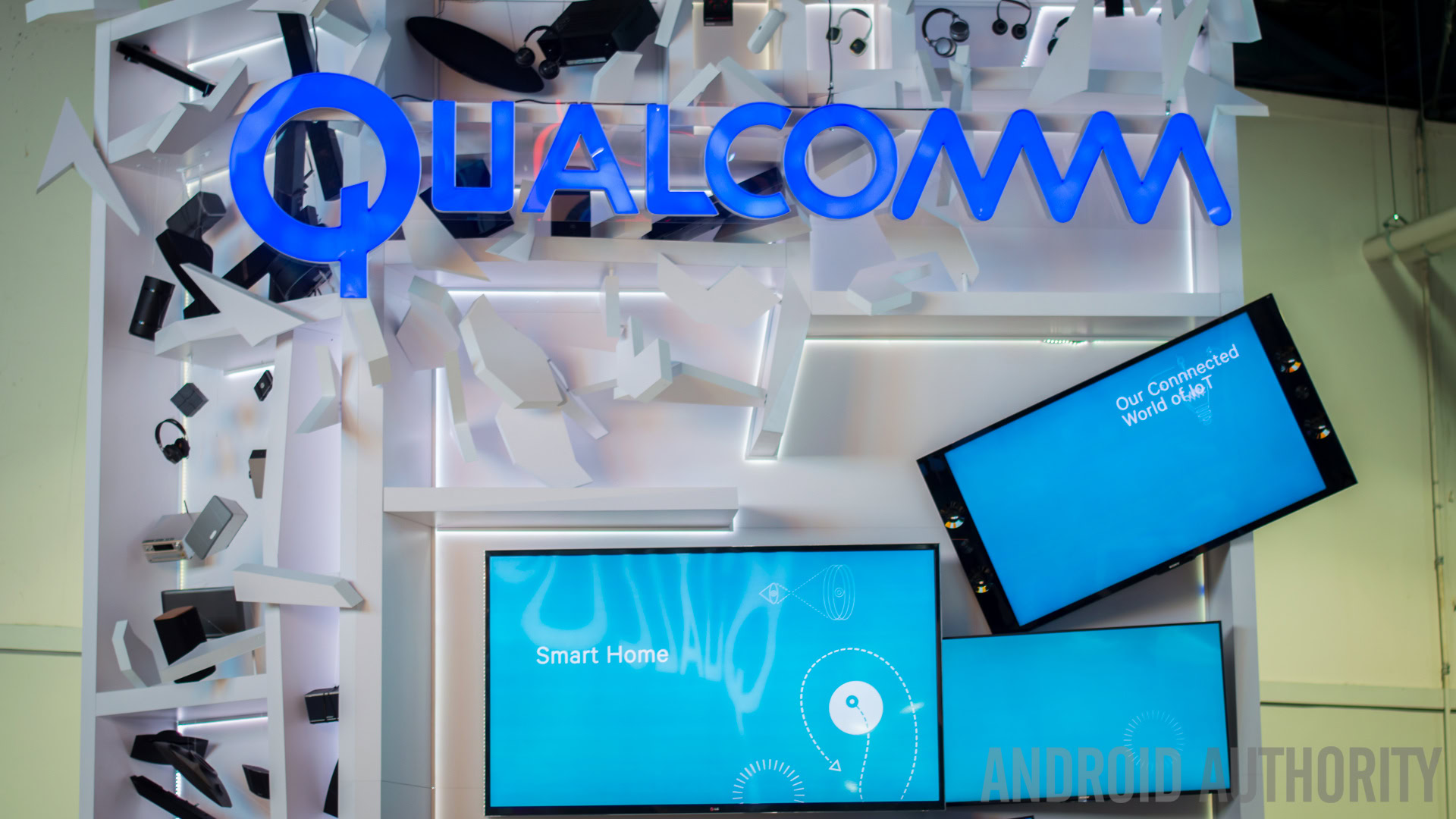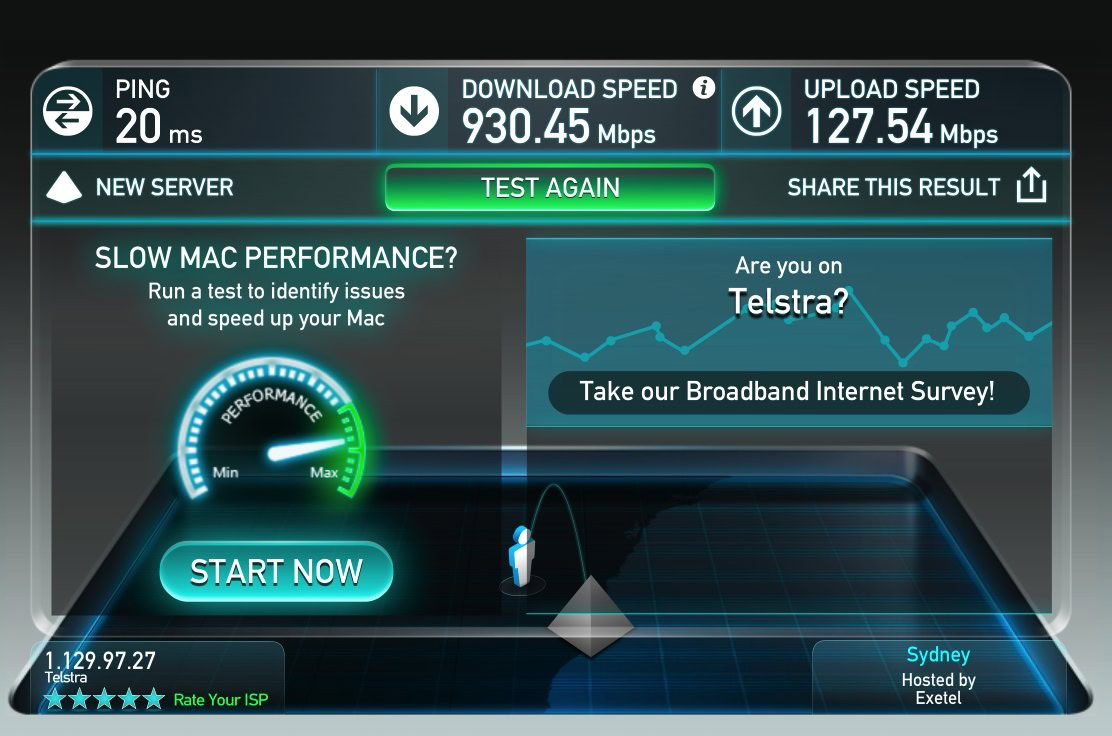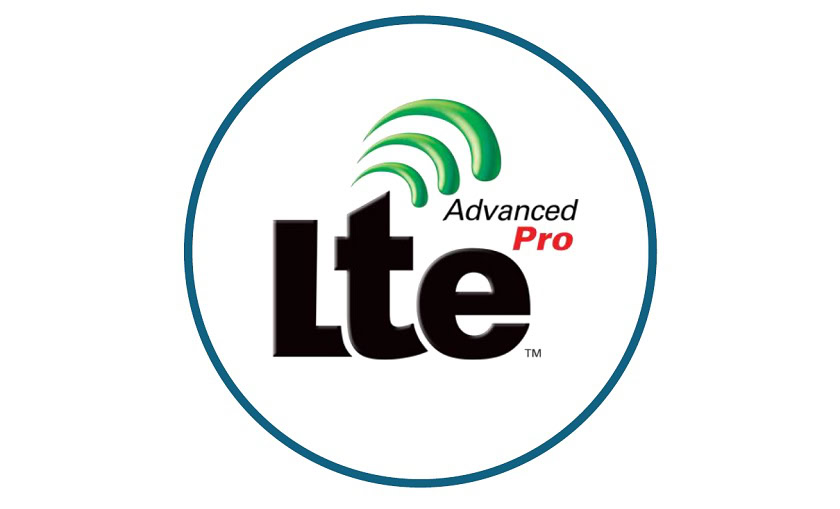Affiliate links on Android Authority may earn us a commission. Learn more.
The world's first gigabit mobile network is now live - Update

Update, January 31: A little later than promised, Australian operator Telstra flicked the switch on the world’s first commercial gigabit LTE network. Now available in select areas in central Brisbane, Sydney, and Melbourne, the network offers theoretical transfer speeds of up to 1Gbps, several times faster than existing 4G networks.

Telstra worked with Ericsson to deploy this fast new network, which uses 4×4 MIMO and 4X carrier aggregation to achieve blistering transfer rates. Speed tests demonstrated by Telstra showed 930 Mbps downloads and 127 Mbps uploads, enough to transfer a 3GB movie in three minutes. In order to take advantage of these capabilities, devices will need a compatible modem. X16, the first on the market, is supplied by Qualcomm. The first device to use this modem is a mobile router from NETGEAR, the Nighthawk M1 (via Android Central).
Qualcomm’s upcoming Snapdragon 835 flagship processor integrates the X16 LTE processor, so in the near future smartphones should be capable of harnessing Telstra new gigabit network.
For more technical details, check out the original post below.
Original post, October 18: Along with its latest mid-range Snapdragon processors, Qualcomm has just unveiled its first 5G X50 chip and more details on its X16 LTE modem that will likely end up powering the next generation of connected devices. To help deploy these faster data speeds to consumers, Qualcomm is also partnering with NETGEAR, Ericsson, and Australian carrier Telstra to deliver a super fast gigabit-ready network before the end of the year.
For smartphones, the X16 LTE modem builds on the X12 LTE technology found inside today’s high end Snapdragon 820/821 mobile processors. The X16 LTE boasts improved 256-QAD (quadrature amplitude modulation) and 4 band 20MHz carrier aggregation technologies which allows for theoretical download speeds of up to 1Gbps. The uplink features a more familiar 64-QAM 2 band carrier aggregation design that can achieve peak upload speeds of 150Mbps.
However, we know from experience that these theoretical maximums are seldom reached in reality and depend heavily on the available network connection too. Initial tests of the X16 modem are displaying average downlink speeds of 112Mbps to 307Mbps, with highs of 533Mbps in areas with optimal signal strength. That’s still amazingly fast, and will certainly help power growing demand for 4K video and virtual reality experiences. Qualcomm states that the X16 LTE modem will feature in its next generation 2017 flagship mobile SoC, the Snapdragon 835.

The X16 was actually talked about back in February, but the modem has now appeared in its first commercial piece of technology. NETGEAR has unveiled its new Mobile Router MR1100 that can hit gigabit speeds by leveraging the X16’s 3x carrier aggregation and 4×4 MIMO technologies. This hotspot will work with Telstra’s upcoming gigabit network, which is being developed in conjunction with Ericsson and will roll out before the end of 2016. Other carriers are planning to launch their own gigabit networks over the coming year.
Qualcomm is, of course, already looking further ahead to the future of ultra-fast 5G networks too, and has unveiled the industry’s first commercial 5G modem solution – the Snapdragon X50.
The X50 is designed for multi-mode 4G/5G mobile broadband and can be paired with the company’s Snapdragon processors that feature a Gigabit LTE modem, such as the new X16, for fast speeds on both current and future networks. The Snapdragon X50 5G modem extends a chip’s 4G LTE capabilities with support for millimeter wave spectrum in the 28GHz band, additional MIMO antenna technology, and adaptive beam-forming technology.
“The Snapdragon X50 5G modem heralds the arrival of 5G as operators and OEMs reach the cellular network and device testing phase,” – Cristiano Amon, executive vice president, Qualcomm Technologies, Inc
The use of shorter wavelengths allow for much high data speeds, at a cost of transmission distance. Qualcomm states that the X50 offers up to 800MHz of bandwidth, which could produce theoretical maximum download speeds of 5Gbps. Although again, real world speeds will be lower.
Before 5G ready consumer devices hit the market, Qualcomm is offering the X50 as a packaged platform for OEMs. The Snapdragon X50 5G platform will include the modem, the SDR051 mmWave transceivers, and the supporting PMX50 power management chip. Qualcomm anticipates sampling the X50 in the second half of 2017, with availability in consumer devices appearing in 2018.
There’s still a while for consumers to wait until 5G networks are ready for prime time, but Qualcomm’s head-start is enabling developers to start designing future products and ensuring itself a place in upcoming flagship smartphones. In the meantime, customers can look forward to the benefits of faster 4G LTE networks with upcoming gigabit networks and products next year.